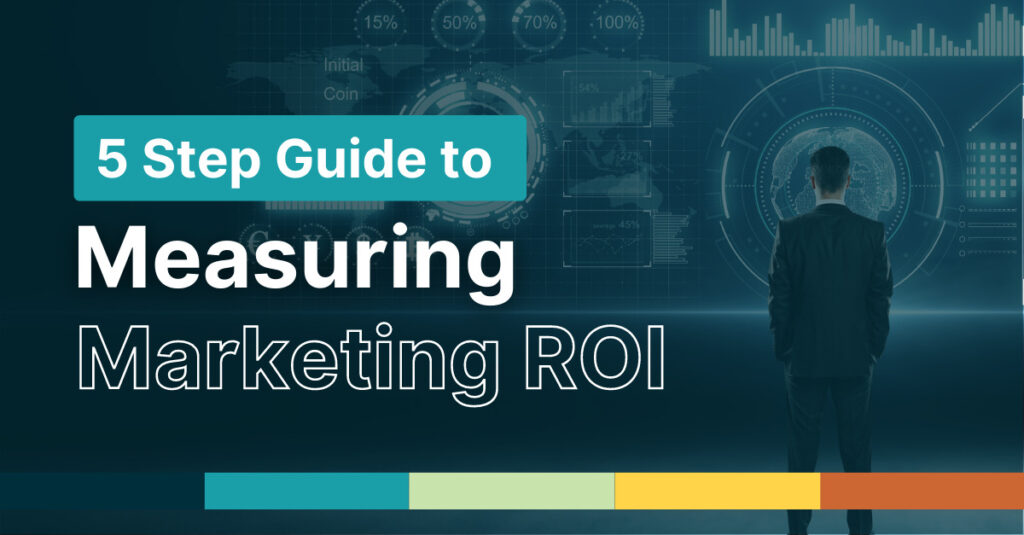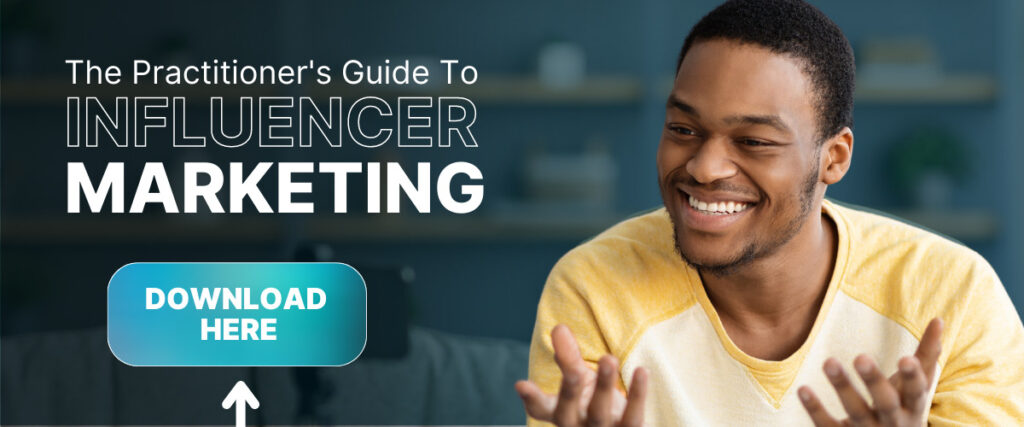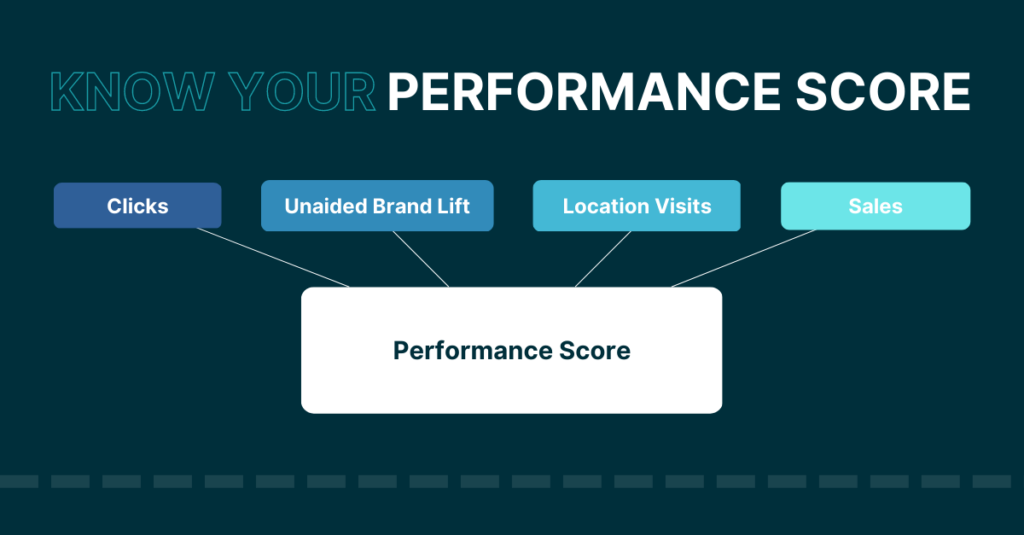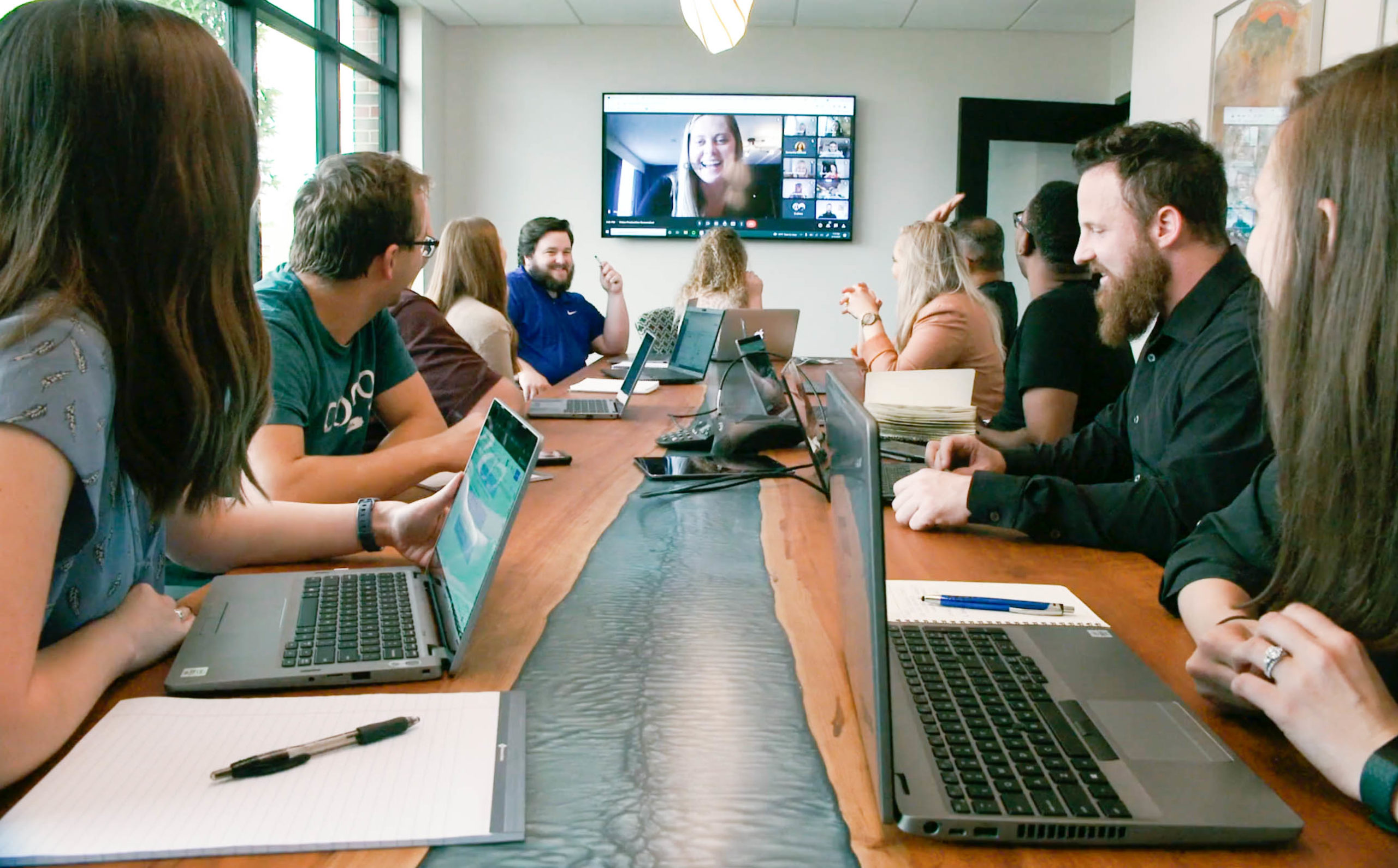Brand marketing advice is often over-simplified – directed towards growing one brand, one product or one service. Multiunit enterprise marketing requires more complex, yet streamlined, solutions to effectively scale and drive sustainable growth.
Take a large pharmaceutical company, for example. They typically have multiple business units, each overseeing multiple brands. Not only that, but they often need to reach and persuade multiple audiences – healthcare providers, patients, key opinion leaders, sales reps, procurement managers and caregivers. Essentially, they’re having to consider everything, everywhere, all at once.
Without an integrated marketing and measurement strategy to tie it all together, chaos may be the only thing to scale.
The Solution: Plan an overarching brand ecosystem alongside business line campaigns
Building a holistic ecosystem is the foundational structure needed to establish a flexible multiunit marketing strategy. It creates cohesive messaging and creative alignment, appropriate governance for audience targeting, and allows business lines to cross-share learnings that break down silos and level up organizational goals.
How do you accomplish this balancing act?
- Set cascading goals for each business unit to establish unified commitment
- Create sub-ecosystems surrounding each core audience for authentic engagement
- Optimize the user experience, paying close attention to the B2B2C relationship (if relevant)
- Build a unified measurement framework to clearly articulate KPIs and desired business outcomes
Let’s break down these four key components for scaling multiunit enterprise marketing in more detail.
#1 – Plan holistically using cascading goals for each business unit
Each business line has a unique agenda. This is inevitable. But, when you plan overarching and business line campaigns simultaneously, you can feed each agenda into a cohesive brand strategy. This upfront rigor in strategic planning will allow long-term flexibility.
Start by establishing clear roles and responsibilities to delineate how each business unit contributes to the primary business and marketing objectives. We’ve found the best way to accomplish this is by using the cascading pyramid method of goal setting.
Cascading goals are “first established at the highest level of the organization. Then, supporting goals are created for every department and team.” Those supporting goals are broken down into KPIs and then specific tasks or initiatives, getting more granular as you move towards the bottom of the pyramid.

From a media planning perspective, you can assign each business unit unique OKRs and KPIs that contribute to topline goals. This is particularly important to account for the element of real-time spend optimization. When you align on KPIs early in planning, you can select channels with both business objectives and AI-driven optimization in mind.
Client Example: Coegi works with a regional bank client with multiple business units: consumer banking, commercial banking and home equity. We have a unique audience-targeting strategy for each line of business using behavior-based indicators to ensure we’re reaching a qualified audience. However, every unit shares one core goal: growing new customers. As such, all media KPIs ladder up to that goal and drive the business in a cohesive and clear direction.
#2 – Create ecosystems surrounding each core audience group
Take an audience-centric approach to media planning by using data and research to gain a deep understanding of core audience behaviors and values. This foundation will inform media and messaging decisions that reduce wasted impressions and build more authentic relationships.
Apply this knowledge to build and nurture a marketing ecosystem surrounding each unit’s unique audience(s). For example, Coegi worked with BODYARMOR to expand and differentiate the brand in the crowded sports drink marketplace. They were looking to identify and reach new audiences for three distinct product lines: BODYARMOR Original, Lyte (sugar-free) and Edge (caffeinated).
We created microtargeted audiences for each line, including: Blue Collar Workers, Grocery Gatekeepers, Veterans, Teenage Athletes and Health-Focused Adults. For each audience, we built a custom media plan and recommended messaging strategy – creating an ecosystem of organic touchpoints in their day-to-day lives. Read the full BODYARMOR case study here for more details.
#3 – Optimize the B2B2C experience
Oftentimes, multiunit enterprises need to reach both professional and consumer audiences – requiring marketers to take a B2B2C approach. These brands need a marketing strategy that facilitates a conversation between the business and the end consumer, meeting them where they are in their level of awareness and knowledge.
The business customer typically requires more brand-building content. Focus on ways to drive brand recall, establish a unique value proposition (UVP), and communicate benefits to their lives. VP of Marketing at Notion, Kate Rojas, quotes, “In a true B2B2C business model, your partners must be viewed as a true business partner and not just a channel to sell more products…”
In the spirit of partnership, create a mutually beneficial system. For instance, if you are a financial brand communicating with advisors, sell them the offering that provides the quickest conversion or highest value reward. Then, use that inertia to help them cross-sell using your entire portfolio. This will benefit their bottomline while helping you establish loyal consumers who are invested in multiple offerings.
Consumers, on the other hand, typically require more basic education about the category itself and the value it offers. This is especially true for more complex and regulated industries, such as finance, IT and healthcare.
Client Example: Coegi uses a B2B2C content marketing strategy focused on driving brand awareness for our client, Athene, a leading retirement services company. Their end customers often need general education on the importance of retirement annuities. Financial advisors need more technical content about the brand’s benefits. Knowing this, we tailor content to their unique needs within one intertwined strategy so that the B2B and B2C units work together in support of the brand’s goal.
#4 – Build a comprehensive, cross-unit measurement framework
Even with unique campaigns by brand, product, or division, it’s critical to share and apply key takeaways. Insight sharing across units helps avoid a siloed view and allows the business as a whole to optimize more efficiently.
This is also imperative for flexible budget allocation. When all units are part of an integrated strategy, budget can be allocated to the strongest performing lines, as determined by a test-and-learn approach.
For specifics on how to create a unified measurement framework, view our 5 Step Guide to Measuring Marketing ROI.

Create Your Multiunit Enterprise Marketing Strategy
An HBR article states, “multiunit organizations must ensure some degree of customization even as they pursue standardization. They must respond to the distinctive features of local and regional markets to achieve the best results.”
So, while a nuanced approach for each unit, market, or even location is necessary, brands need to maintain some level of standardization for efficiency and scalability. By planning business line campaigns within this holistic strategic framework, you can ensure appropriate top-line budget allocation for each effort and avoid evaluating any one line in a vacuum.




